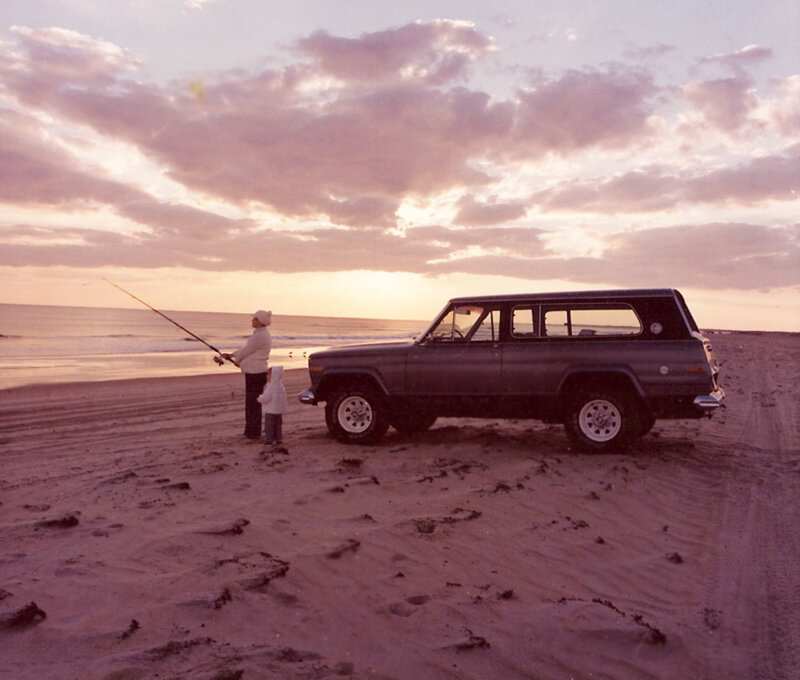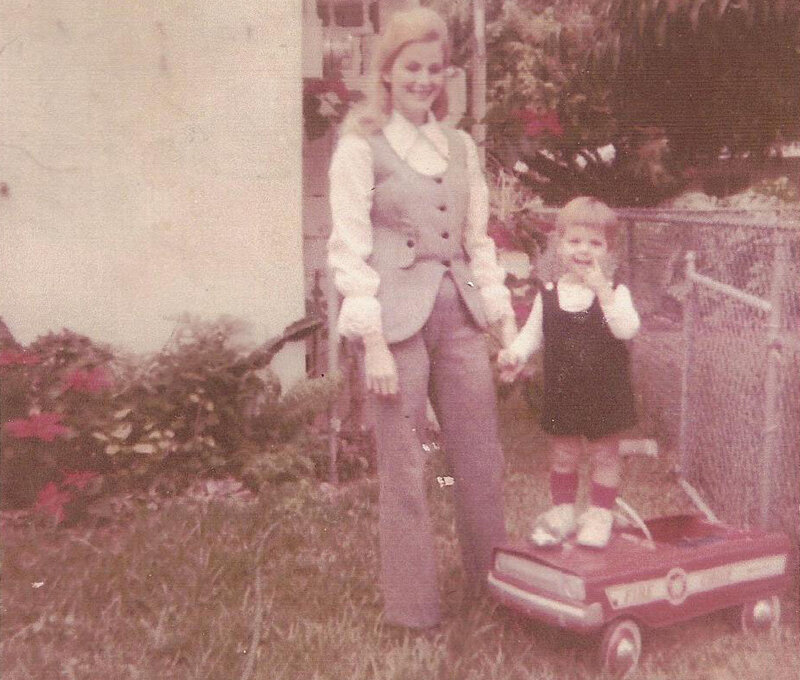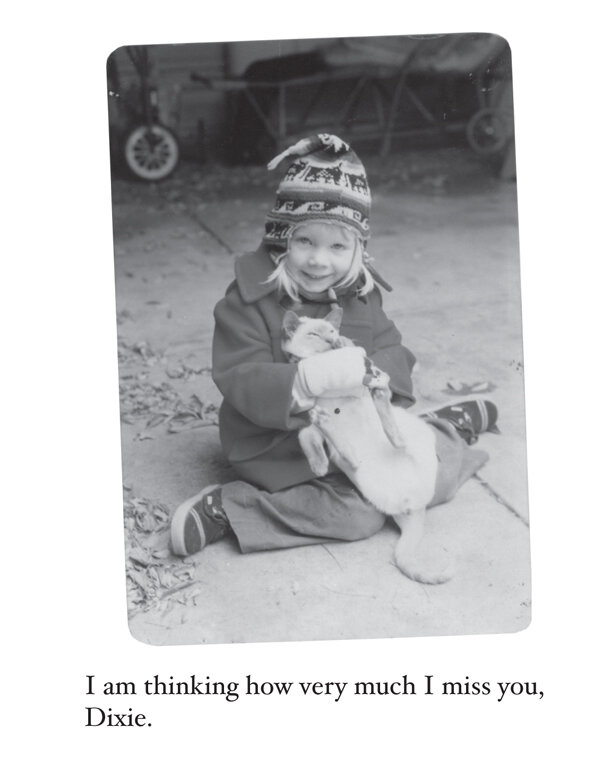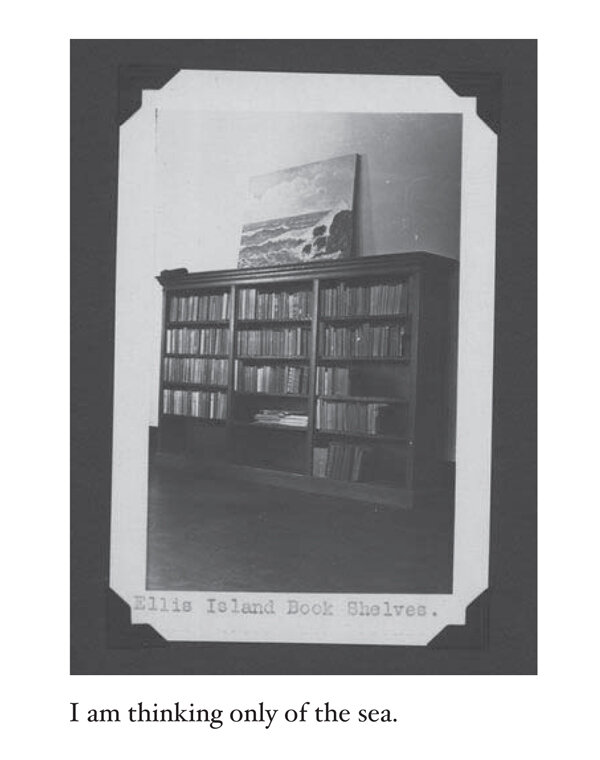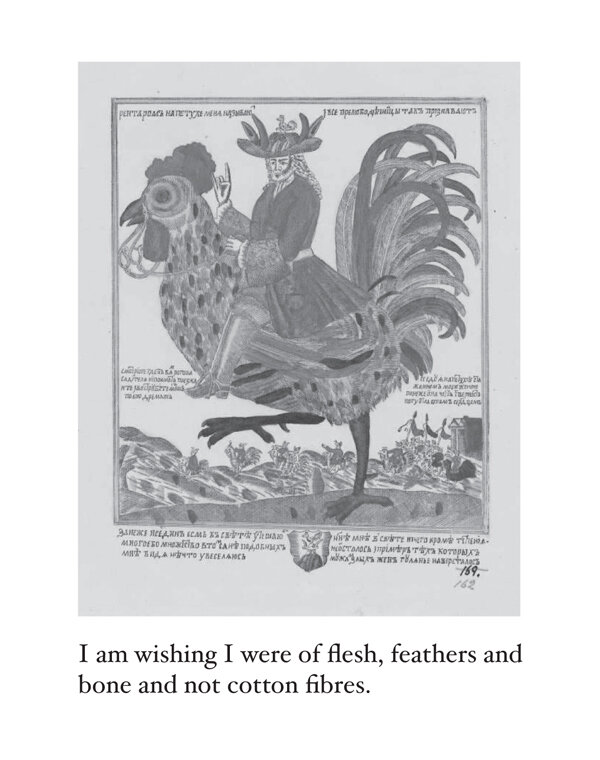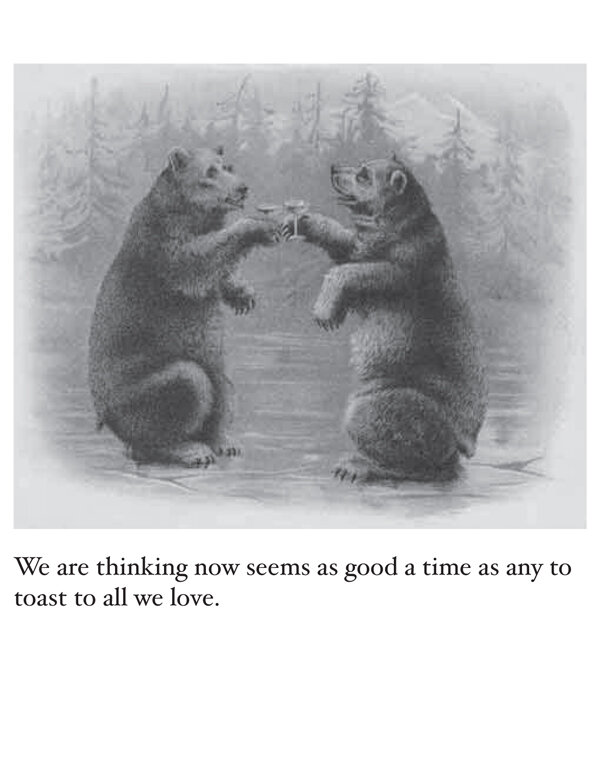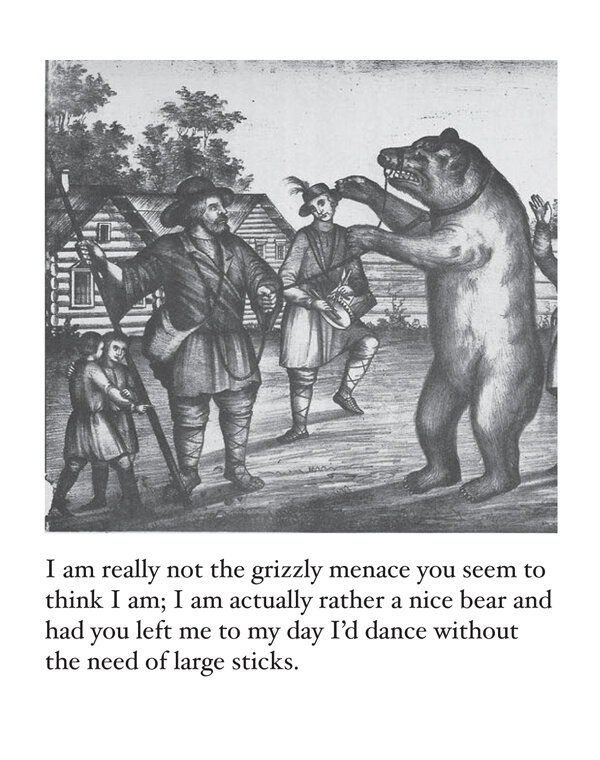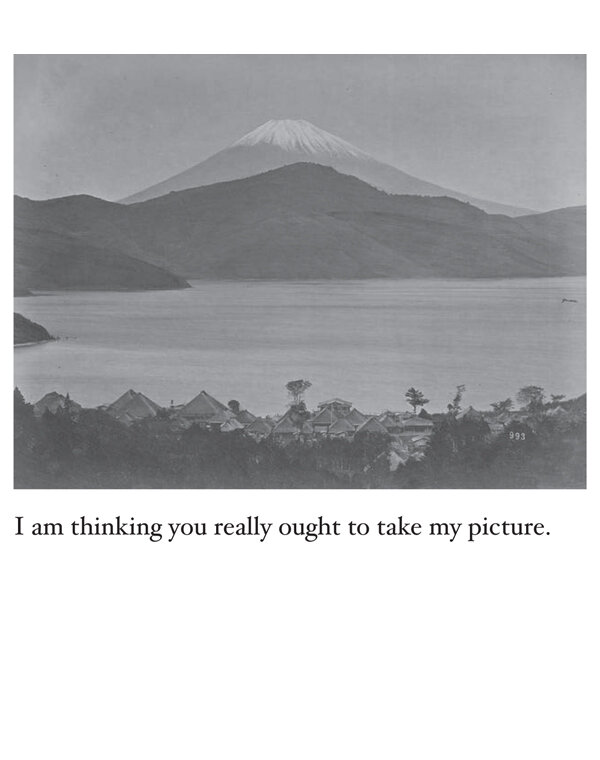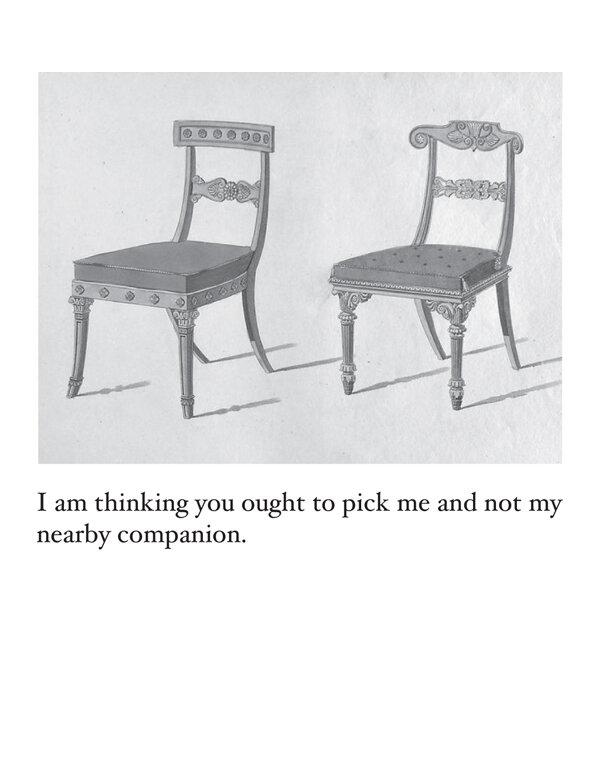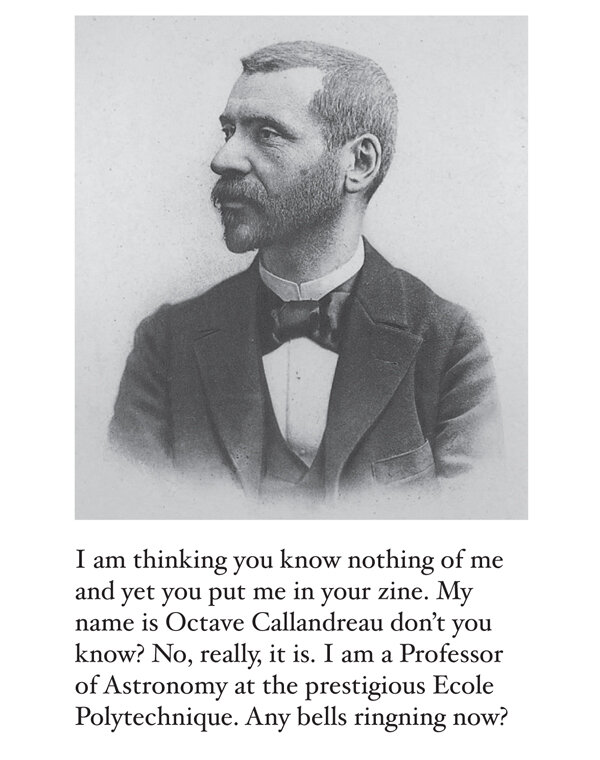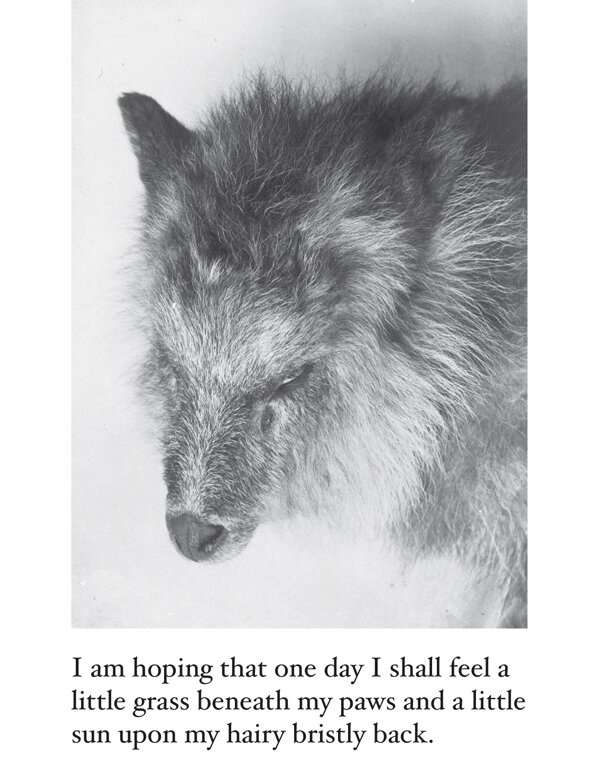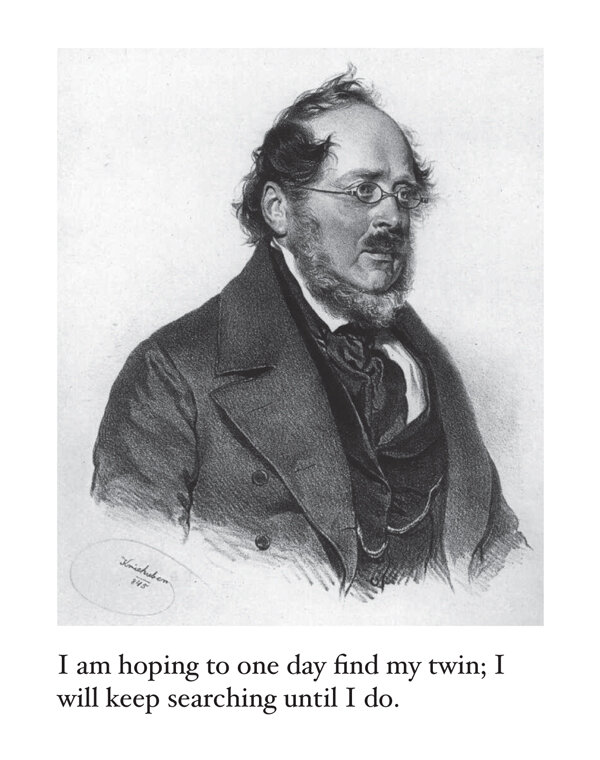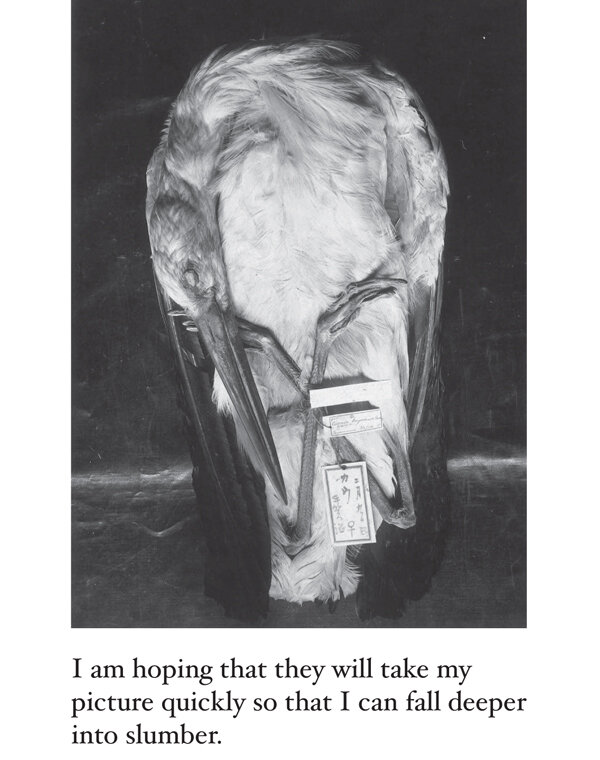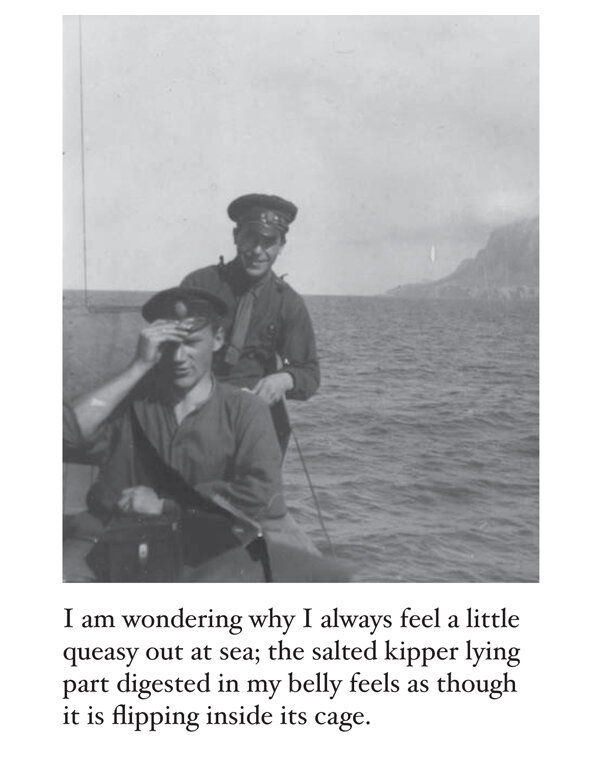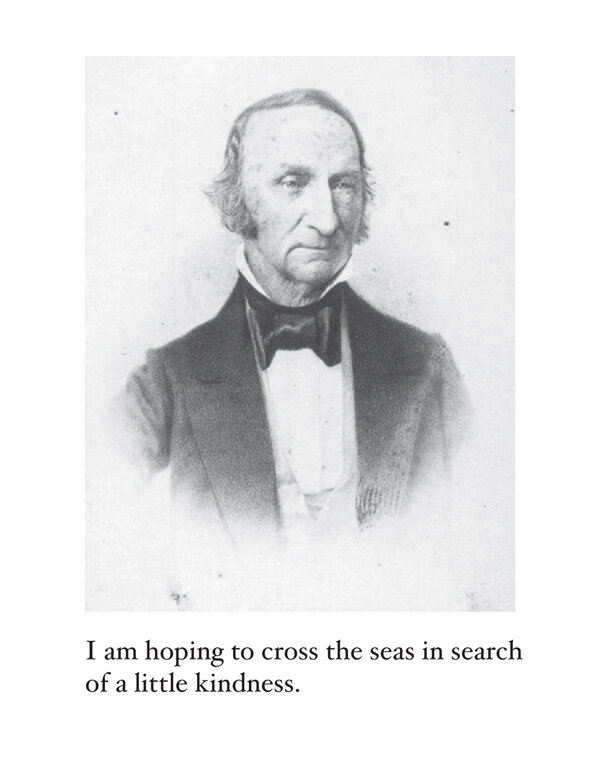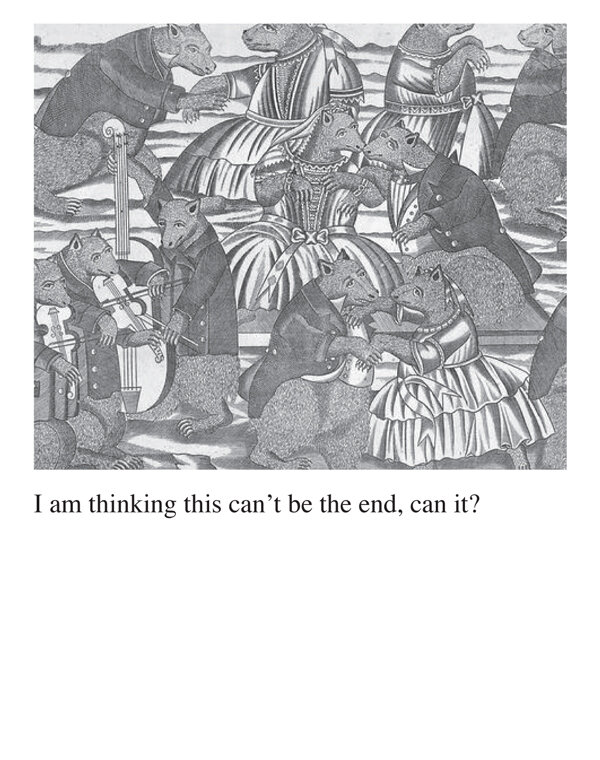THREE ZINES, 2007
1/ A collaborative zine by Gracia Haby, plus thirty-one others:
Jenifer Altman, Dianne Beevers, Kelly Boucher, Kim Burrell, Anastasia Christou, Isobel Clement, Fliss Dodd, Abby Dubisar, Janelle Dunstan, Brydie Dyson, Jessica Eskelsen, Carolyn Fraser, Risa Friedman, María Fuks, Elaine Haby, Peter Haby, Louise Jennison, Alicja Kuzmycz, Priscilla Chung-Yee Kwok, Andrea Lampman, Daphne Louter, Glenn Manton, Veronica Torres-Miller, C. Nurkemala Muliani, Bette Poulakos, Kylie Robson + Hesse, Jurate Sasnaitis, Kay Motorlegs Shannon, Jenny Vorwaller, Rachael Weaver, Barbara Wolters
Have wheels, will go
December, 2007
Digital print zine
Edition of 100
A 21cm X 15cm, 40 page B&W zine with a hand stitched spine.
A request for photographs of anyone posing alongside an automobile or vehicle of their choice was listed and thirty-one kind and clever souls responded.
Family photographs from days of old, and new ones, too, were sent in and have been lovingly collated in this rather large, forty-page zine. A Mercedes Benz in Hamburg, a toy car in Broken Hill, a Triumph Herald in the garage, someone else’s parked shiny red Ford in Kyneton and la union truck in the late 1930s in Cordoba, Argentina, they, and others, all make an appearance within the folded pages.
Thank you to everyone involved for sharing your much loved family photographs and for posing so brilliantly alongside favourite cars; you’ve made this zine possible. Thanks so much for showing your wheels.
2/ Gracia Haby & Louise Jennison, with Shari Altman
Three in the Kitchen
November, 2007
Digital print zine
Edition of 100
A 21cm X 15cm, 20 page B&W zine with a yellow cover, hand-stitched with two paper lemon slices attached, made in collaboration with Shari Altman (North Carolina, USA).
A culinary-themed zine to whet the appetite, it features several of Shari Altman’s own family recipes for Lemon Pudding and Farm Fresh Frittata jostling for space alongside drawings of hairy kiwi fruits, ripe mangoes, and a tea sachet for the Prince of Whales not Wales, maps, collage, and black-footed penguins and reindeers dreaming of fat and golden hot chips on a plate. This collaboration takes its liberties with the theme.
3/ Gracia Haby
What Do You Think?
November, 2007
Digital print zine
Edition of 60
A 15cm X 10.5cm, 20 page B&W zine with a glued spine and a brilliant turquoise-blue cover. Within the zine you will find a Russian man and rooster are wishing they ‘were of flesh, feathers and bone and not cotton fibres’, and a brown bear is hoping for a little compassion. A Japanese landscape is “thinking you really ought to take (its) picture”. Expect to discover what a group of dear deers might be thinking, what troubles a grizzly bear, and what a Professor of Astronomy is pondering. A zine to hopefully make you smile and ponder. All of this, and a little more, in a blue-fronted publication so small in scale it could reside in your pocket, serving as a handy reference point for your day-to-day.
Curious? We hope so.
The Creative World of DIY Publishing
Millie Ross
Yen magazine
Issue 29, 2007
As a former zine producer, I’m still utterly drawn to the magic behind the original do it yourself method of zine making, its love affair with the charms of personalised reproduction and the small scale manifesto. There’s plenty of faith keepers continuing to draw us into the magnetic aura behind self-publishing, from the grainy to the glossy — in my dream world this would be the kind of stuff we get to flip through while waiting at a doctor's office or for a haircut.
A BRIEF HISTORY…
Zines (derived from fanzines), are traditionally cut-and-paste publications reproduced at Kinko's or on the sly at work and distributed through mail order, the web, word of mouth and the occasional self-publishing fair. They touch on sex, music, politics, television, movies, work, food, whatever. They’re obsessed with obsession. They’re extraordinary and ordinary. You can get to know people pretty well through their zines, which are always more personal and idiosyncratic than glossy magazines, because glossies and the celebrities they worship, are so busy being well-known.
They’re not a recent phenomenon either, since the invention of the printing press dissidents, the marginalised have published their opinions in leaflet and pamphlet form. Early independent publisher and zinester, Thomas Paine, made the pamphlet Common Sense in 1776, which lead to an insurrectionary revolution in America. Some zines that started as handmade stapled numbers have over time been elevated to glossy status, most notable among these is UK style bible i-D, (my mum actually owns the first three issues starting from 1983 — in all its A4 landscape, black and white photocopied, stapled splendour).
RIOT GRRRLS AND ZINE STARS
The early 1990’s Riot Grrrrl scene saw an explosion of zines that were raw, explicit and brought a bit of gender balance to the fray (until this time the zine scene was heavily male dominated). In 1996, co-ed Scottish band Bis, ‘the first unsigned band to play Top of the Pops’, seemed like unfeasibly young pop stars — aged between 17 and 19, they wrote fanzines and encouraged everyone who followed them to write their own zines and start their own bands.
In Australia, the zine culture was booming. One of the core addicts from that era, who’s still producing, is Sydney self-publishing magnate Vanessa Berry. Berry started writing zines in 1996 and has created over a hundred since. “I discovered zines in the early ’90s, when I was a teenager, while spending my Saturdays cruising between record stores. They appealed to me because they were personal and obsessive, whether they were about punk rock, 1950s teen sex advice or cut-and-paste collisions of words and images,” Vanessa explains. “I liked their messiness, the slightly askew staples and handwritten addresses. It made me think there was an exciting world of other people like me out there.”
Berry produced her miniature personal epics entitled Laughter and the Sound of Teacups from 1997–2002, recording the minutiae of everyday life, with an honesty and subtlety that finds humour in hidden details. “I would write about my thoughts and actions every 23rd of the month in a meticulous, eidetic style,” Berry explains. “It was pleasing to note the everyday occurrences of my life in such detail — I felt as if I was on a mission not to forget.”
Berry launched her first book, Strawberry Hills Forever, in July this year. Made up of stories taken from her various zines, its strawberry-patterned covers encompass tales of op shops, the Olympia milk bar, being a goth girl, dressing up in a rabbit suit, old ladies sipping cappuccinos, custard tarts and the joy in the illuminated everyday.
DIY FOR THE FUTURE
Since globalisation, media conglomeration and consumerism have become very real threats to independent ideas and creativity, the DIY movement has had a rather healthy reboot and despite blog fever, zine culture has experienced something of a renaissance.
Zines have changed quite a bit in Melbourne since the mid-90s. “It used to be all about the music, but music nerds just about all went online eight or nine years ago as it better serves their purpose, as the music they are so passionate about can be heard,” says Luke Sinclair of Melbourne zine haven Sticky. Nestled in Degraves subway in Melbourne's inner city, Sinclair runs Sticky with Eloise Peace, together they tirelessly devote their time to putting self-published prizes on their shelves. They have also created an online zine directory that serves as a Whitepages for Melbourne (and Australia's) zine culture as well as a cultural dictionary. “Our favourite zines tend to be those which are made by people we've yet to meet face to face.”
Fellow Melbournites Gracia Haby and Louise Jennison declare, “We work collaboratively via email, with ideas, photographs and drawings sent back and forth electronically or the old fashioned way, by snail mail. The very nature of working collaboratively is organic and always throws something new and exciting into the arena.” Gracia and Louise are quick to acknowledge the positive impact the Internet has had on DIY publishing. “Without the Internet we'd never have met our next fellow zine collaborator in North Carolina, Shari Altman, nor had the means to concoct a zine with Barbara Wolters in Berlin (Looking out the Window, 2003). Two of our zines have never seen the light of the photocopier and can only be found online. Various people would never have found our zines were it not for the Internet, and for the two of us that can only be a great thing.”
Ultimately, Sinclair would like to make a zine and have it out in the world the very next day. He explains, “I love that people hold my zines in their hands and read them, it’s a very personal space that I am able to explore.” Whether they're photocopied, hand-scribed, colour-printed, stapled or snugly bound, a zine is something to hold, treasure and pore over at ones leisure without suffering screen-eye weariness, or the boredom of waiting for an image to load due to snail pace broadband or hard drive overload (ahem… sounds familiar). The Internet should be a place to trade, catalogue and promote, but long live the printed zine!
Yen

